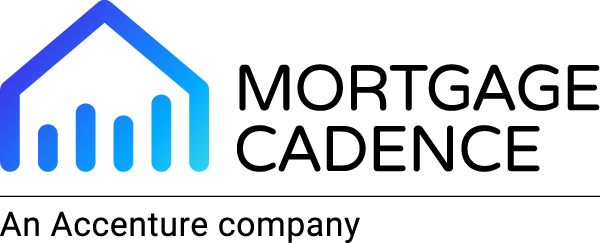For decades, government regulators have relied on paper disclosures to ensure lender compliance. When it comes to keeping borrowers informed of their rights, these documents have been the cornerstone of consumer protection, providing borrowers with crucial information about the terms and costs of their loans.
Yet, as technology advances and lending processes transition to digital, the traditional, paper-based approach to disclosures may be overdue for an upgrade.
Lenders and regulators are grappling with the question: is it time to modernize disclosures, and if so, how?
The Push for Digital Transformation
It’s hard enough to get a consumer to read a paper disclosure. How much more difficult will it be to get them to dig into a long PDF document to find the right disclosure and study it? Odds are it is not likely to happen.
The digital shift raises important questions about the future of disclosures and the role technology could play in making them more relevant and accessible to today’s consumers.
With the rise of digital communication, mailing and faxing documents have become nearly obsolete. Yet, regulations around disclosures often don’t reflect this reality.
Melissa Kozicki, Director of Compliance for Mortgage Cadence, notes that while the lending industry has largely gone electronic, compliance requirements are often slow to catch up. This misalignment can create operational challenges for lenders, who must reconcile outdated, paper-heavy regulations with streamlined, digital processes.
Modern consumers are more accustomed to digital communications and expect instant access to information. The current regulatory model of paper disclosures feels disconnected from the digital-first world they inhabit.
In fact, some regulatory bodies are beginning to acknowledge this.
Kozicki highlights a recent servicing rule proposal that suggested making disclosures available on a website rather than exclusively on paper. While this shift is small, it signals that regulators may be starting to explore digital alternatives.
Balancing Innovation and Consumer Protection
While digitizing disclosures could lead to more efficient and accessible information for borrowers, there are concerns about the pace of change and the potential risks. Policymakers face the delicate task of crafting digital disclosure rules that provide flexibility while still safeguarding consumer rights.
In a digital setting, disclosures could be designed to present information more dynamically, making it easier for consumers to grasp key points. For example, interactive features or layered information could allow consumers to engage with disclosures in a more user-friendly way, helping them understand critical terms without feeling overwhelmed.
As the lending industry continues to embrace digital transformation, we expect the future of disclosures to evolve. A full transition to digital disclosures would offer benefits in efficiency, cost-effectiveness, and environmental impact by reducing the need for paper and physical storage. However, it also presents challenges in terms of regulation, consumer protection, and accessibility.
While there are challenges to overcome, a shift towards digital disclosures could ultimately benefit both lenders and borrowers, providing a more modern, accessible approach to compliance in the lending industry. As changes occur, our compliance team will guide our developers so our loan origination software continues to meet our lender partners’ every need. To find out more about how we keep lenders in full compliance while allowing them to implement any strategy they want, reach out to us today.
By Melissa Kozicki, CMB, CMCP, Director of Compliance at Mortgage Cadence
Want more?
Follow us on LinkedIn to be notified when our next article is released.
Media Contacts
Mortgage Cadence:
Alison Flaig
Head of Marketing
(919) 906-9738



